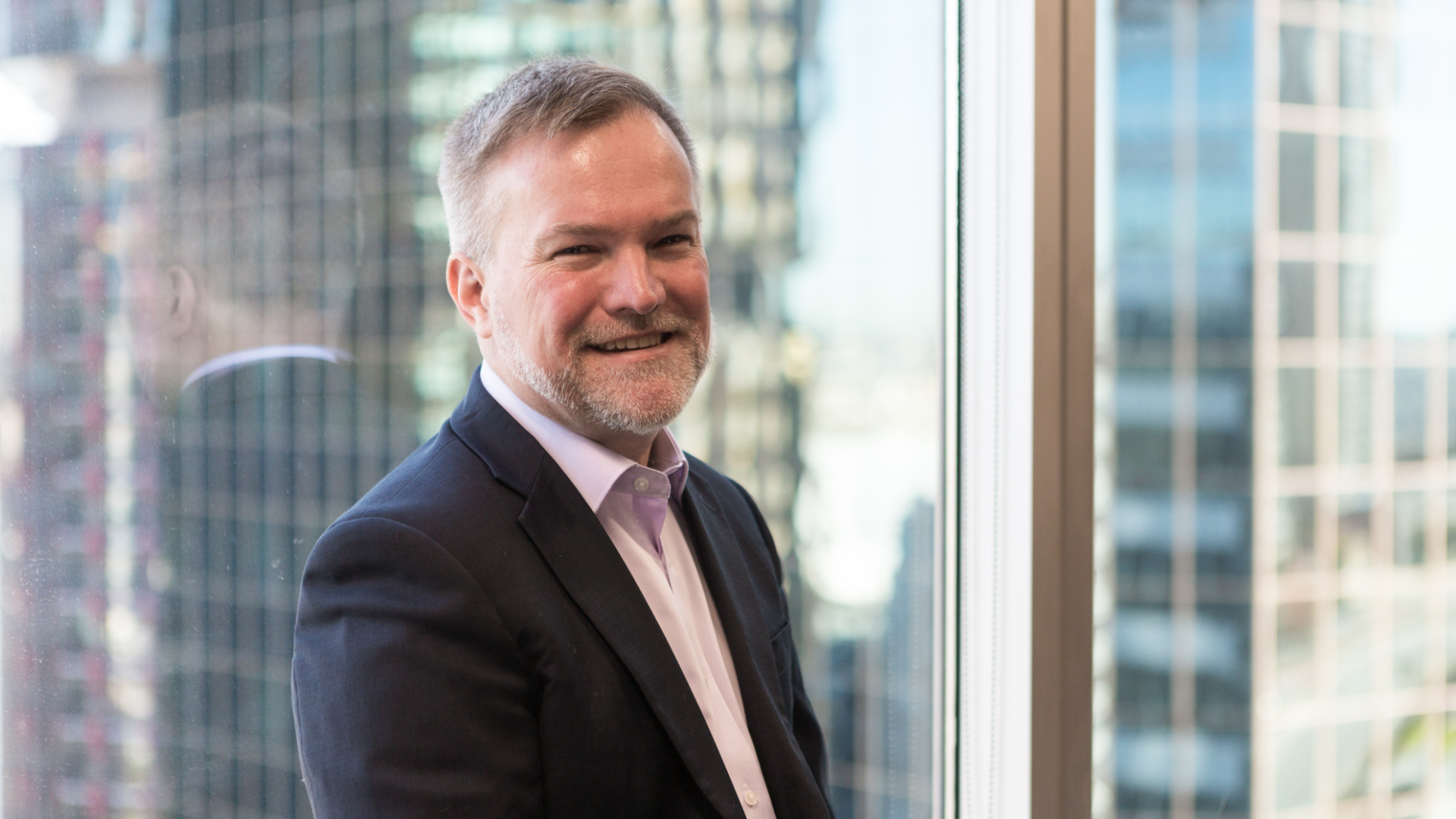Time to make sustainability real for members: JANA
Ask a dozen investment professionals what the key challenge for sustainability is and you’ll get a dozen answers: tracking error considerations borne out of Your Future, Your Super (YFYS); the need to pick winners in a race that is still being run; the perils of divestment over engagement; and so on.
But the key challenge to Rachel Halpern, head of sustainability at JANA Investment Advisers, is making it all real; moving from the sometimes-nebulous world of backwards-looking emission metrics to understand the actual impact – positive or negative – that a super fund portfolio can have on the physical world.
The way one might look at the impact of a portfolio is a weighted carbon emissions intensity score avoided, potentially, by investing in solar. But that ” doesn’t reflect whether the carbon is being spent on creating a solution to the world’s problems.”
“If you look at an investment in green bonds – and they’re building solar farms – if you’re looking at building that solar farm there’s going to be a carbon output for that build and the fund will be judged by that,” Halpern says. “But that investment is doing good in the world, and that’s not reflected in the carbon score of the portfolio.”
“We need to shift thinking from backward-looking carbon metrics to forward-looking impact analysis… What makes it real is swimming pools worth of water saved; forests saved from deforestation; children who now have access to education. Those are the kinds of metrics that members understand.”
There is an appetite for providing those real-world metrics to members, Halpern says – but the challenge is not just in providing sustainable development goal (SDG) alignment scores, which is where those metrics are sourced. Domino’s revenue comes from food; a simple SDG-alignment score might attribute that revenue to solving the problem of world hunger. It’s not necessarily a false assumption, but it’s an assumption that needs to be “understood and questioned.”
“It’s not as simple as just running a portfolio through a platform and coming out with a simple infographic,” Halpern says. “There’s a lot of work that goes into that that needs explanation and understanding.”
Halpern is an advocate of engagement over divestment, and believes that it’s the only way to combine member outcomes with attractive returns. But recent fund launches also support the possibility that members find an exclusionary approach more attractive and easier to understand. And surprisingly well-resourced small funds like Future Super are punching above their weight in the marketing war with advertising focusing on their purely exclusionary approach.
“Education needs to happen across the board on the importance of engagement,” Halpern says. “That education piece is still happening within the boardrooms and senior management suites of super funds. In order to communicate a message, you need to be clear on what that message is internally.”
“You could look at communicating engagement stories with companies in a way that is simple and transparent and comparable; if you tell it in a narrative fashion, that’s very powerful. Human minds are responsive to storytelling. “
The best practice for engaging on climate is likely borne out of the Intergovernmental Panel on Climate Change transition pathways. Funds being “really clear” about those pathways and communicating when a manager is engaging with a company in alignment with those pathways could help members better understand the process, though Halpern says she hasn’t seen anybody do it yet.
And while others have warned that Your Future, Your Super could kneecap sustainability by forcing funds to focus on the short-term and hug the benchmark, Halpern believes that the reforms will only will sharpen the focus on engagement over divestment; benchmarking naturally means more of a challenge in investing in actively managed funds, and could mean funds think twice about pursuing the exclusionary approach.
“We’re moving beyond that now… If you look at YFYS as putting more focus on fund managers engaging with their underlying companies to pivot their business models to a more sustainable future, that’s a positive thing,” Halpern says.











